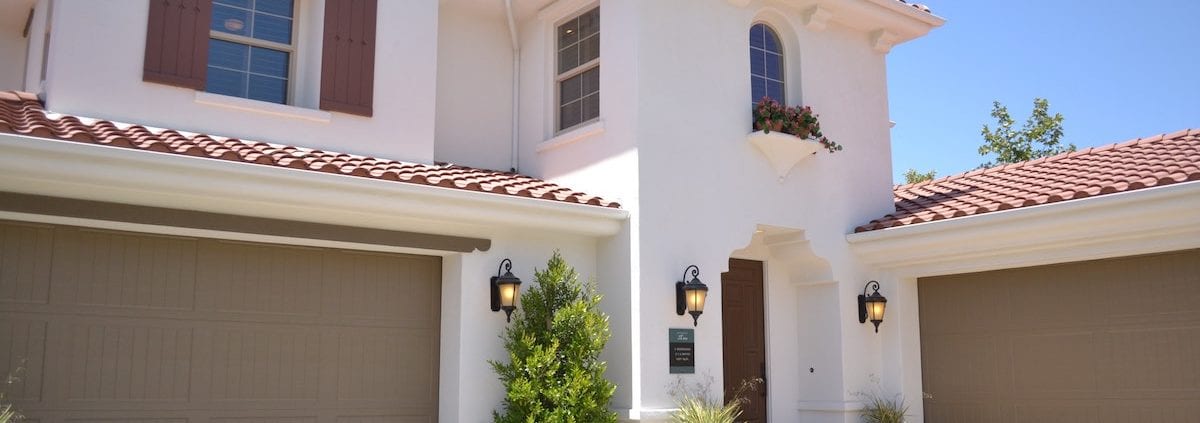Your Rental and Depreciation
What makes property investment affordable for the average Australian is tax allowances, and one of the best allowances is depreciation. Rental property depreciation is an essential tax allowance to claim. But you need to understand the tax consequences and how to claim the deductions. You also need to know how this choice will affect your investment returns. Here is a simple guide on how to claim tax allowances for your depreciating rentals.
1. Prime Cost Method
The deduction for each year is calculated as a percentage of the cost when you use the prime cost method. The prime cost method returns a straight-line depreciation amount until the total value of assets is claimed. Greater deductions are returned in the prime cost method in the latter years of the depreciation plan. As an investor, you rely on a more consistent depreciation claim each year. If you are looking to maximize your depreciation claim later, the prime cost method is the best option.
When investors select the prime cost method, they claim a lower but more constant proportion of the available deductions over an extensive period.
2. Diminishing Value Method
The deduction in the diminishing value method is calculated as a percentage of the balance you have left to deduct. In the first few years, this method will return higher depreciation deductions to the property owner. The diminishing value method uses a low value and low costpooling to increase claims on items under $1,000. As an investor, you will claim 100 percent of the value of items worth less than $300. However, depreciation claims drop because the method decreases in value each year until assets run out.
When an investor claimsbased on the diminishing value method, they claim a greater proportion of the asset cost in earlier years of the asset’s life. The investor receives greater deductions in the earlier years of owning the property, and that amount tapers off in later years.
The total depreciation value available over the property’s life is claimed both in the diminishing value and prime cost method. However, the two methods use different formulas to calculate depreciation deductions. They achieve different short-term and long-term cash flow positions for the rental investor. Both ways claim the same total value over forty years. However, different rules are used to achieveeither an aggressive upfront claim or a consistent claim each year.
Seek professional advice before deciding whichmethod is best for your financial situation and investments. A professional will be able to provide a capital allowance and tax depreciation schedule. The tax depreciation schedule will outline the depreciation deductions available to claim using both methods for comparison.
Conclusion
Just as you can claim wear and tear on a car, you can also claim the depreciation of your rental properties. A property investor that produces income is entitled to depreciate the building and the items within it. To ensure that thousands of dollars don’t go unclaimed, hire a qualified quantity surveyor. To avail substantial savings, contact DEPPRO Pty Ltd for a depreciation report on your rental property.




